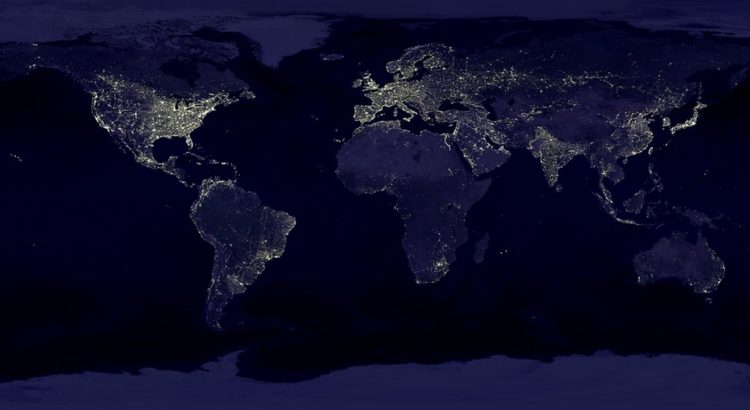Did you know that more than half of the world’s blind population could see again with the right treatment?
A shocking infographic from Focus Clinics shares some truly astonishing statistics about blindness and eye care across the globe, exploring why so many of the world’s blind never receive sight-restoring treatment.
There are many conditions causing blindness that are treatable, and in some cases, reversible.
Common conditions like cataracts steal the sight of millions of people all over the world, but can be cured very easily. In many instances, a simple cataract operation can wholly restore a patient’s sight.
There are approximately 39 million blind people in the world and it is estimated that over 50% of these individuals could be treated to enjoy significantly improved vision. So why isn’t this happening?
The number one reason is a lack of access to healthcare, particularly access to ophthalmologists.
Access to proper eye care is incredibly scarce in many of the world’s poorest nations and that’s why blindness is so much more prevalent in developing countries.
In the developed world, people enjoy comparatively easy access to eye care, which is often free or subsidized for people with lower incomes.
In addition to the financial implications of gaining access to eye care, another contributing factor to the poor state of eye health in the developing world is the lack of qualified ophthalmologists who are able to offer care.
For example, in Japan, there is one ophthalmologist to every 9,099 people. In contrast to this, Malawi has just one eye doctor to every 4.3 million individuals.
Interestingly, the UK has the lowest ratio of ophthalmologists to people in Europe, with one eye doctor to every 20,224 members of the population.
Yet, even here we are lucky enough to enjoy accessible care. The real problems start when we look to poorer countries.
Here is a breakdown of the number of people per ophthalmologist across some of the richest and poorest countries:
- Japan – 9,099 people to every eye doctor
- In France, there are 9,116 people to every eye doctor
- In Norway, there are 14,846 people to every eye doctor
- In the USA, 17,111 people to every eye doctor
- In the UK, 20,224 people to every eye doctor
- In Pakistan, 101,573 people to every eye doctor
- In Kenya, 535,465 people to every eye doctor
Clearly, these numbers make it impossible for every person to receive the treatment and care they need to assess and care for their vision.
This means a huge number of conditions go undiagnosed and a vast number of people who develop reversible blindness never have the opportunity to see again.
This recent Outlook episode from the BBC World Service helps to highlight this issue. Dr Helen Ndume, known in Namibia as “Doctor Miracle,” returns regularly to her country of birth to provide eye care for those without access to these all-important services.
It’s a great listen that really helps give this huge issue a personal face.
Such a huge problem obviously can’t be fixed overnight but there are lots of charities and organizations working together to deliver more accessible eye care in developing countries.
If you’d like to get involved and help tackle reversible blindness, here are a number of charities you can support who help tackle this issue around the world:


Higher costing for the treatment may also be a cause. As in poor countries, treatment cost is out of range from a normal person and Government body’s in bad conditions.
I liked this article. It is quite valuable and informative one. Thanks for sharing.
Wonderful piece of information and it’s really good to know that people have gained their eyesight with the proper treatment.